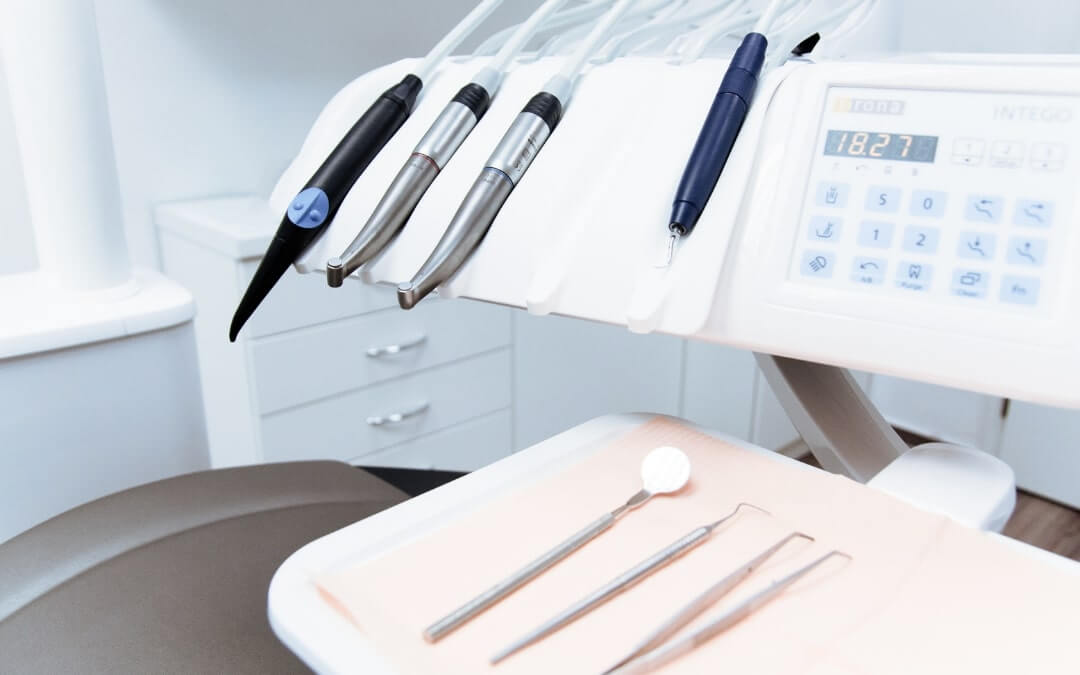Gum Recession Surgery in Rochester: What Causes Gum Recession and How Will I Know if I Need Surgery?
Gum recession happens when the gum tissue that surrounds the teeth begins to creep away from the crown of the tooth. That exposes the root tooth. If gum recession remains untreated, the tooth is more susceptible to cavities and abrasion. This process may continue until the tooth will be lost.
Reasons why gum recession happens include:
- Aggressive tooth brushing
- Orthodontic braces
- Hereditary factors
- Hormonal changes
- A misaligned bite
- Grinding or clenching your teeth
- Tobacco use
- Inadequate brushing and flossing
- Periodontal disease
Why Does Gum Recession Occur?
The origin of the popular idiom, “long in the tooth,” came from the observation that when horses begin to age, their gums recede or shrink, and their teeth look larger. But humans can experience gum recession at any age. While it’s most common in people over 40, even children as young as 10 may deal with this issue.
You probably won’t know that your gums are receding until you begin to feel tooth sensitivity. You may also notice your tooth appears longer or your gums appear lower than they did previously. Don’t ignore these warning signs. Make an appointment with a periodontist who can correct the problem.
What are the Signs of Gum Recession?
Here are some signs of gum recession:
- Change in appearance as spaces between teeth increase and your teeth look longer
- Cold and heat sensitivity
- Swollen, red, tender, or bleeding gums
- Space between your teeth
If you notice any of the above symptoms, make an appointment with a periodontist who can determine if you are a good candidate for gum recession surgery in Rochester.
Surgery For Gum Recession
Soft Tissue Grafts
The exposed tooth root can be covered by using soft tissue from other areas of the mouth. Different kinds of soft tissue grafts include:
- Connective tissue graft – a flap of soft tissue is cut from the palate (the roof of your mouth), and tissue from underneath that flap is removed. Then, the removed tissue will be stitched to the existing gum tissue surrounding the exposed tooth root.
- Free gingival graft – tissue is taken directly from the roof of the mouth and not cut from underneath the palate flap. This type of graft is typically used for those with thin gums in non-aesthetic areas and requires more tissue to help enlarge their gums in the affected area.
- Pedicle graft – gum tissue surrounding the affected teeth is available to use for grafting instead of having to remove it from the roof of the mouth. In this case, a flap – referred to as a “pedicle” – is cut in a way so that only one edge stays attached. The loose tissue is then pulled sideways to cover the affected area and stitched into place.
What to Expect During Gum Surgery Recovery
You should be able to drive yourself home right after the procedure. You will be given a custom-made palate guard to protect the donor site.
Your periodontist will provide a list of dietary and oral rule cares to follow so that you don’t interfere with the healing process. You will be asked to use a medicated rinse for plaque control and take an antibiotic to lessen the risk of infection.
Your pain should be easily managed with an OTC anti-inflammatory, but contact your doctor if over-the-counter medicine isn’t providing enough pain relief.
Gum Recession Surgery Rochester
If you require surgery for gum recession, you’ll want to be under the care of the team at Dental Implants & Periodontal Health of Rochester. Dr. Zahavi is a Board-Certified periodontal surgeon who provides a precise diagnosis and optimal treatment outcomes using the most advanced technologies and techniques.
Our office believes in individualized care and is guided by a holistic approach that emphasizes patient health, comfort, and well-being. For a consultation, please call us today at 585-685-2005 or contact us here. We promise you’ll be pleased with the exceptional level of care you’ll receive.



